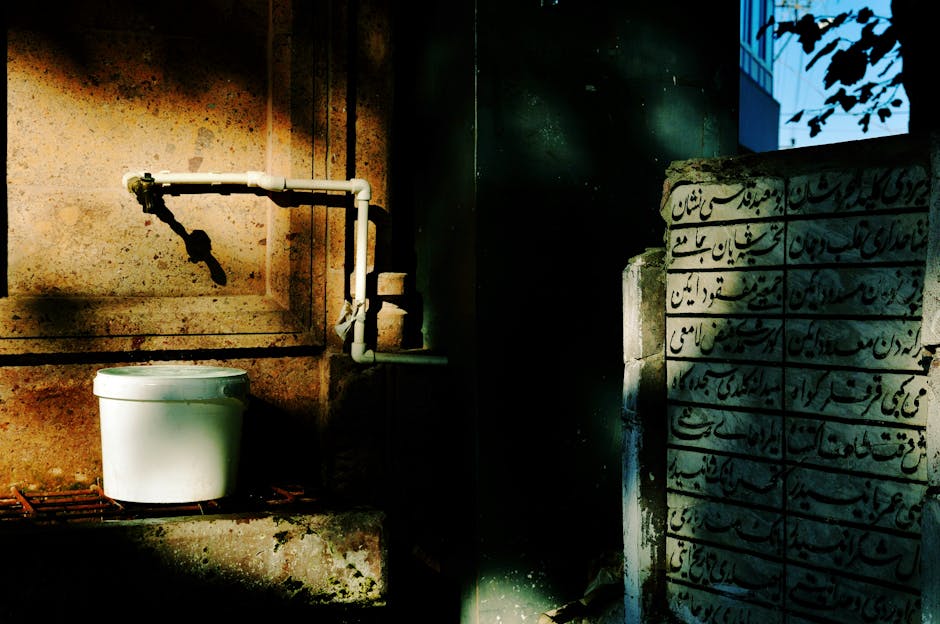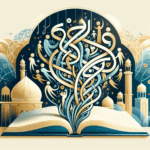The Arabic Alphabet and Its Role in Peacebuilding
When we think about peacebuilding, the Arabic alphabet might not be the first thing that comes to mind. Yet, this beautiful script has a unique role in fostering understanding and unity. Let’s delve into how the Arabic alphabet contributes to peacebuilding and why it’s more significant than you might think.
Table of Contents
1. Introduction to the Arabic Alphabet
2. The Cultural Significance of the Arabic Alphabet
3. Language as a Bridge: The Alphabet’s Role in Peacebuilding
4. Educational Initiatives and the Arabic Script
5. Conclusion: Embracing Diversity Through Language
6. FAQs
1. Introduction to the Arabic Alphabet
The Arabic alphabet, consisting of 28 letters, is used by over 420 million people worldwide. Its elegant script is not only a means of communication but also an art form that has been celebrated for centuries. Understanding its structure and beauty can pave the way for deeper connections between diverse cultures.
2. The Cultural Significance of the Arabic Alphabet 📜
Arabic script is more than just letters on a page. It is the foundation of a rich literary and artistic heritage. From the majestic calligraphy that adorns mosques to the revered texts of poetry and philosophy, the Arabic alphabet serves as a vessel for cultural expression. This cultural depth can help bridge gaps between people of different backgrounds, fostering empathy and respect.
3. Language as a Bridge: The Alphabet’s Role in Peacebuilding 🌉
Language is a powerful tool in peacebuilding, and the Arabic alphabet is no exception. Learning to read and write in Arabic can break down barriers and dispel misconceptions. As more people engage with the language, they develop a greater appreciation for the nuances of Arabic-speaking cultures, promoting a narrative of unity rather than division.
4. Educational Initiatives and the Arabic Script 🎓
Educational programs that focus on teaching the Arabic alphabet play a crucial role in peacebuilding. Schools and community centers worldwide are incorporating Arabic into their curricula, allowing students to gain firsthand experience with the language. These initiatives not only enhance linguistic skills but also promote cross-cultural understanding, ultimately contributing to a more peaceful global community.
5. Conclusion: Embracing Diversity Through Language 🌍
The Arabic alphabet is a testament to the power of language in uniting people. By embracing this script, we open ourselves to a world of stories, traditions, and perspectives that enrich our understanding of humanity. In the journey toward peace, recognizing and respecting the diversity of languages, especially Arabic, is a step in the right direction.
FAQs
Q1: Why is the Arabic alphabet important in peacebuilding?
A1: The Arabic alphabet fosters understanding and cultural appreciation, breaking down barriers and promoting unity among diverse groups.
Q2: How can learning the Arabic alphabet promote peace?
A2: Learning the alphabet encourages engagement with Arabic-speaking cultures, dispelling stereotypes and fostering mutual respect.
Q3: Are there any global initiatives promoting the Arabic alphabet?
A3: Yes, many educational programs worldwide incorporate Arabic language studies to enhance cross-cultural understanding and peacebuilding efforts.
Q4: Can anyone learn the Arabic alphabet?
A4: Absolutely! With resources available online and in educational institutions, anyone interested can start learning the Arabic alphabet.
Q5: What role does the Arabic alphabet play in cultural expression?
A5: It serves as a medium for literature, art, and religious texts, reflecting the rich cultural heritage of Arabic-speaking communities.






